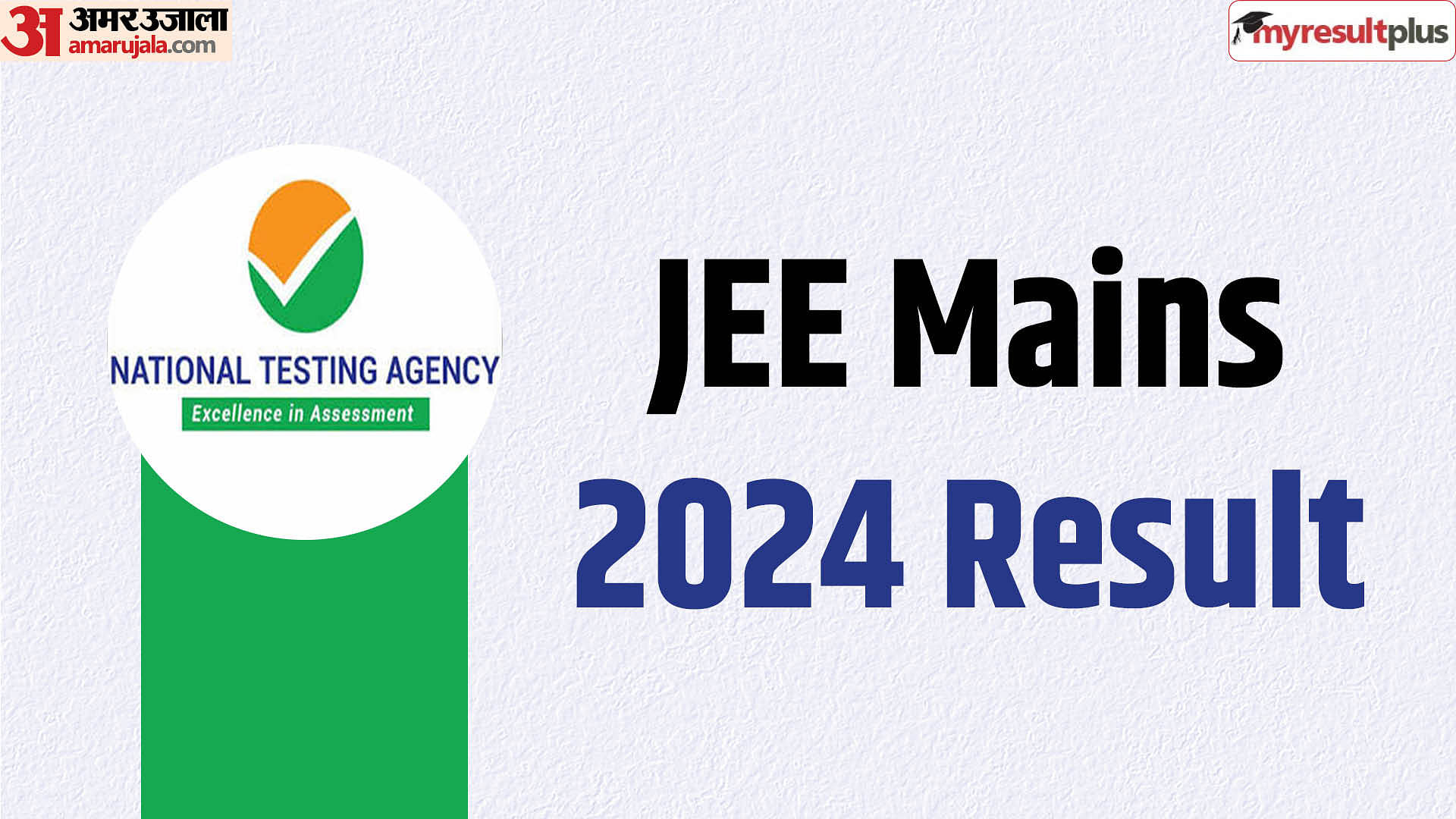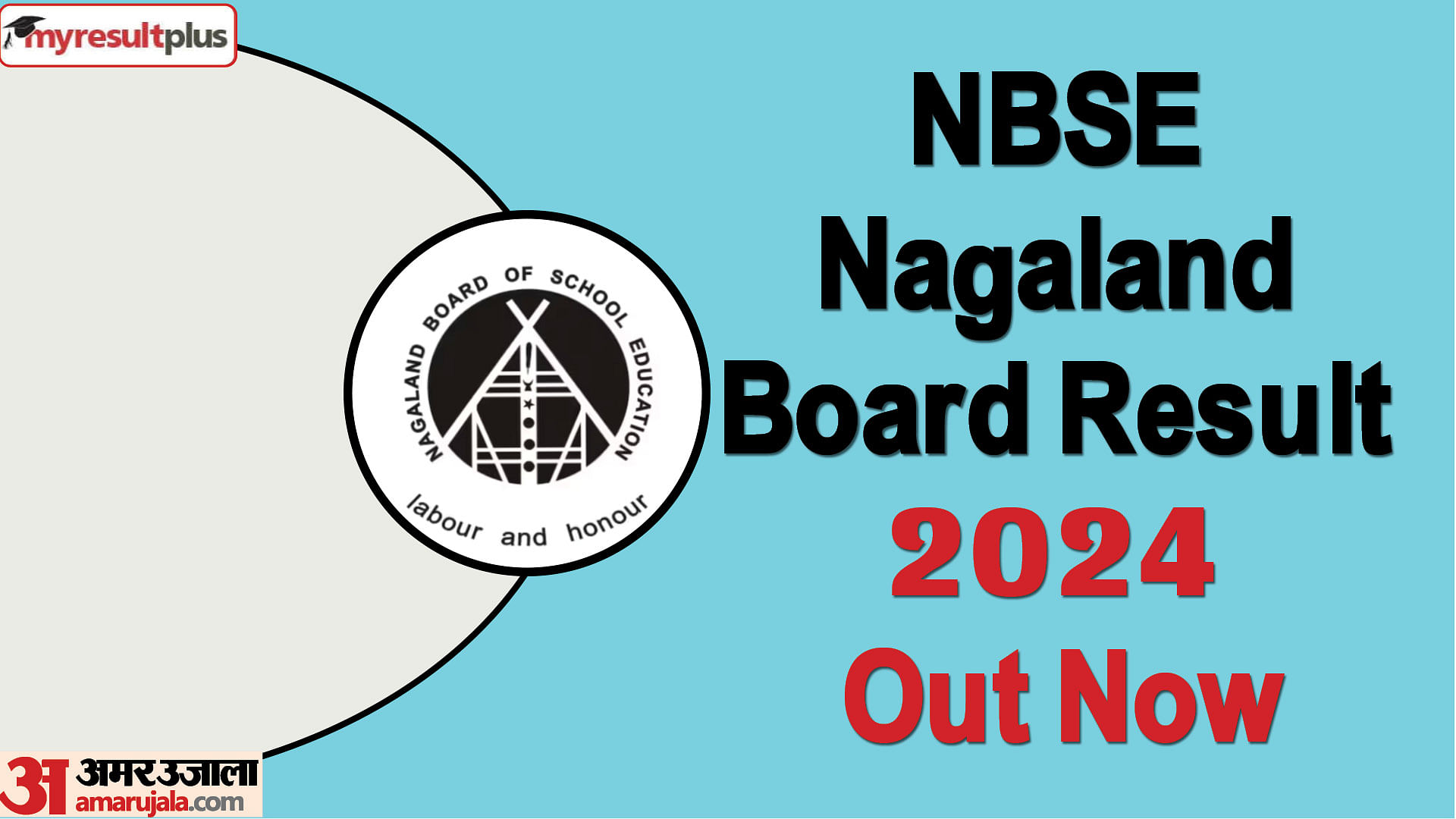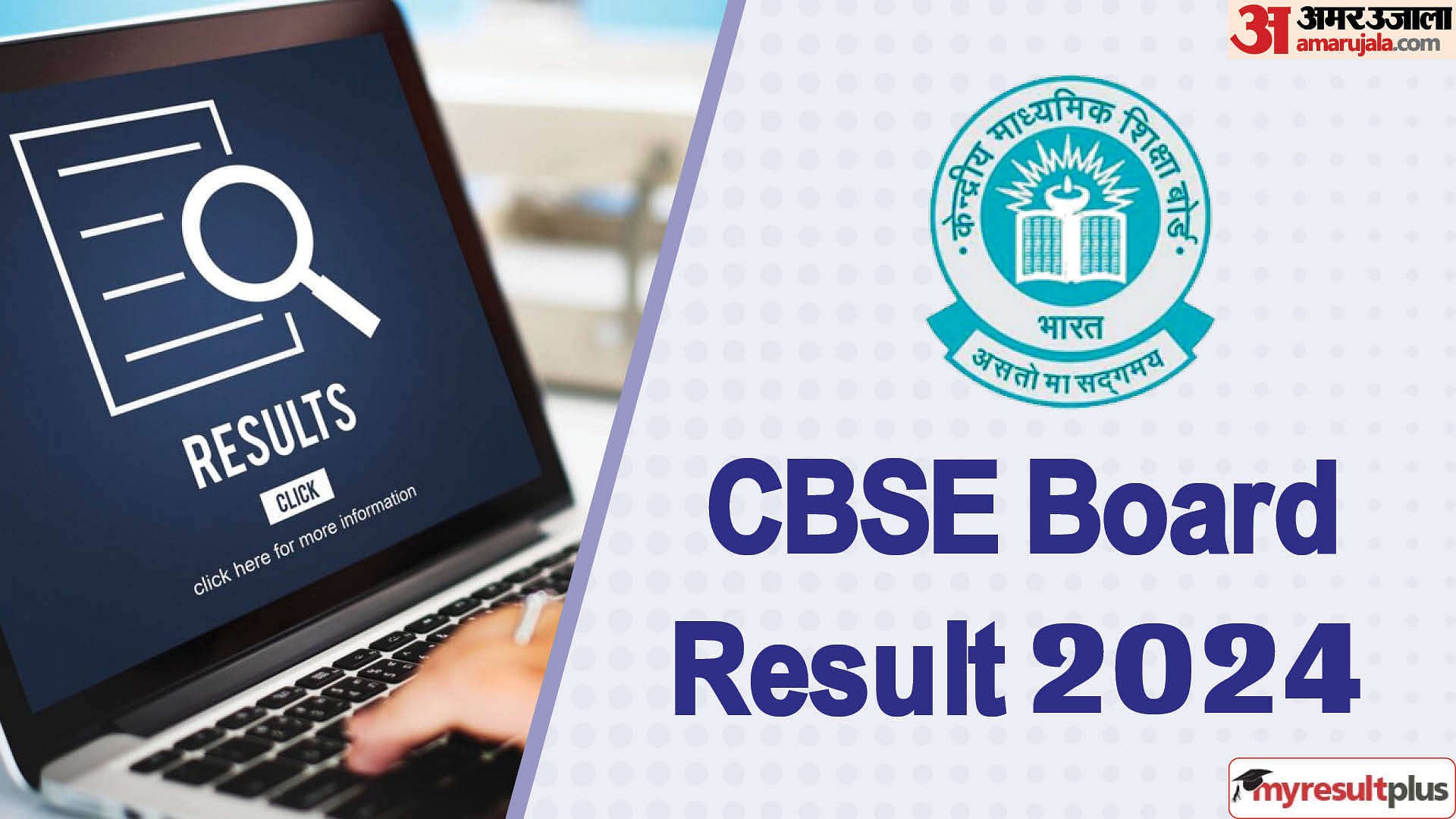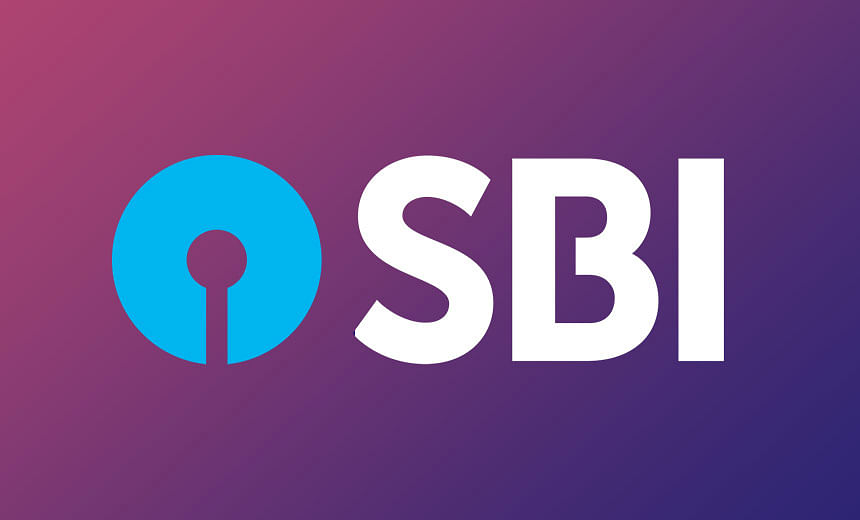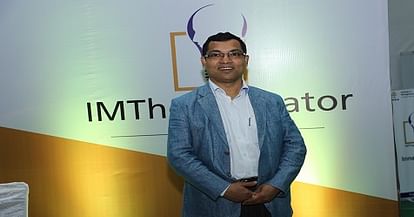
Design Thinking and Innovation Course
At a time when educational institutes need enhancement, Innovation acts as a catalyst to improve academic performance.
Dr Atish Chattopadhyay, Director of IMT Ghaziabad, talks on how Innovation and Execution bridge the gap between existing skill and employable skill.
Excerpts from the interview
What institutes should do to make students job-ready candidates?
We believe that our students at IMT Ghaziabad are not job seekers or employers, but entrepreneurs or intrapreneurs. While at one hand, when Indian Education System majorly comprises theory and some borrowed concept from the USA, IMT Ghaziabad, on the other hand, is a practice based institution, which offers relevant course to global context. IMTG considers Innovation, Execution, and Social Responsibility, as three pillars which form the foundation of grooming leadership. Therefore, reinstating our firm belief in the pedagogical philosophy of ‘Doing’ leads to ‘Knowing, we launched a refreshed curriculum for our PGDM programme in 2016 with a objective to groom future leaders who understand implementation feasibility and are capable of effective execution; ones who are not just profit maximisers but are socially responsible.
Tell us about Design Thinking and Innovation Course?
The primary objective of the course is to help students develop creative thinking skills—key to innovation. We don’t offer any classroom lecture for Design Thinking and Innovation course. We want students to work on Workshop mode. The first phase of the Design Thinking course allows students picking an area and scourging the field to build a cluster of characteristics, through which a problem could be built. The second phase of the course involves developing a solution for the problem identified. With this two phase premise in mind, students come up with prototypes for the solutions to address the problem statements, followed by exhibitions at campus to garner feedbacks.
What is the pattern of the MBA course at IMT Ghaziabad?
The first distinct feature of our curriculum is the required course in Design Thinking, Innovation, and Critical Thinking. The second distinct feature is the integration of Social Responsibility. The third distinct feature is the full-fledged specialisation in Entrepreneurship. IMT Ghaziabad is probably the only school which has a required entrepreneurial immersion with start-ups spanning across six weeks for each student in the second year of the programme. The institute also supports an in-house startup Incubator, and provides an stipend of INR 35kmonth for a period of 1 year & an option of deferred placements to the students.
The fourth distinct feature is domain specialisation or minors in these areas
• Digital Marketing
• Marketing Analytics and Research
• Media and Entertainment Management
• Sales and Service Management
• Banking
• Equity Research and Portfolio Management
• Development Management and Consulting
• IT Analytics
• Operations and Supply Chain Management
• Human Resource Management
• Innovation and Entrepreneurship
While the first year of the programme deals with what is required for a leader in the long term, the second year caters to the sector and role specific short term career objectives.
What is the admission criterion?
The aspirants are weighed on various parameters such as communication skills, innovation and creativity, the contribution of ideas, leadership potential, interpersonal skills, domain knowledge, versatility (extra-curriculargeneral awareness) etc. Candidates applying need to take the Common Admission Test (CAT), Xavier Aptitude Test (XAT) or GMAT. After the test scores are in, eligible candidates are called for a Critical Thinking Test, Group Exercise and Personal Interview process (CT-GE-PI).



